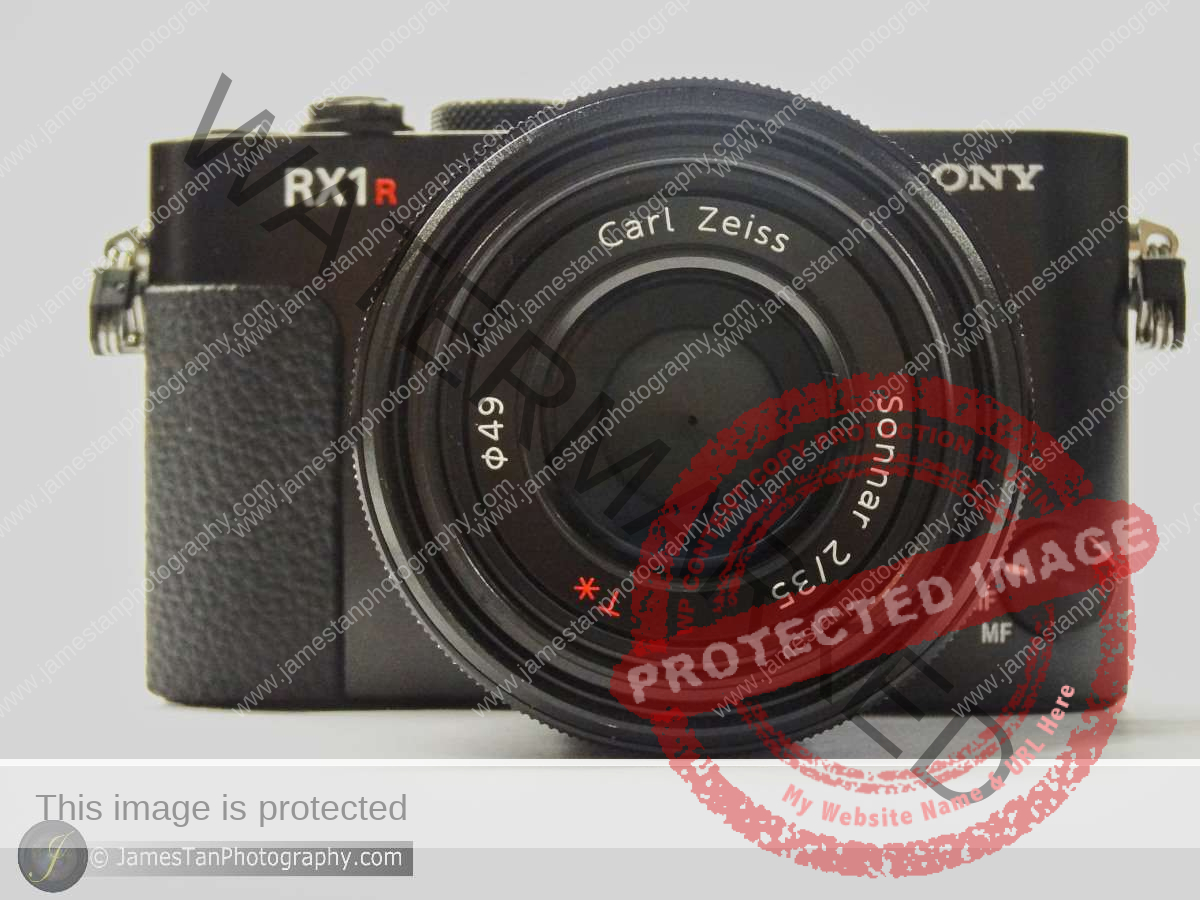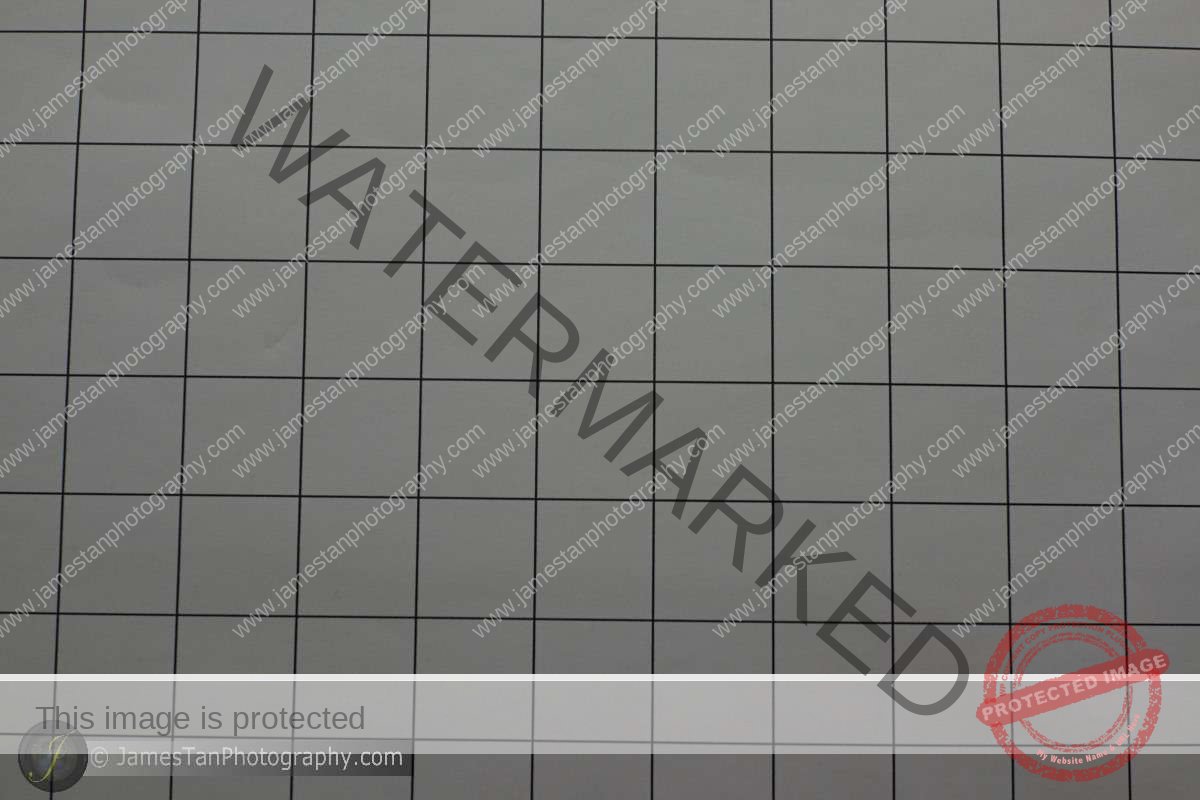Introduction

Sony RX1 and RX1R are full-frame compact digital cameras that were introduced in 2012. The Sony RX1 and RX1R came together with a fixed (non-interchangeable) Zeiss F2 prime lens, a 24MP full-frame sensor, and a premium price tag similar to the professional full-frame DSLR camera that could easily overwhelm many of us.
I’m writing this review in 2015. Sony had introduced the A7 full-frame interchangeable lens mirrorless camera series. Why would I still review a 3-year-old camera now? Well, the Sony RX1R is very compact and lightweight (480g with Zeiss F2 lens and with battery) vs Sony A7II (600g body with battery, 1.23 kg when attached with Zeiss SEL35F14Z), the Zeiss F2 fixed prime lens is one of the best lenses in the current market. None of the other camera manufacturers introduced a similar full-frame compact camera even though the Sony RX1R had been introduced to the market for three years.
The most important reason is, the Sony Singapore is having a mid-year sale for its camera, the Sony RX1, and RX1R are sold for SGD 2,949 (USD 2,194), and the excellent external EVF that worth SGD 629 (USD 468) is free of charge as well when you purchase the Sony RX1/RX1R.
Pros & Cons
Key Specification
- Exmor CMOS 35mm full-frame sensor (24.7 MP gross pixels, 24.3 MP effective pixels)
- Carl Zeiss “Sonnar T*”, 8 elements in 7 groups (3 aspherical elements including AA lens)
- 3 inches 1,288k dots of Xtra-fine LCD screen
- Approx. 113.3 mm × 65.4 mm × 69.6 mm
- Approx. 482g with memory card and battery
- fastest shutter speed 1/2000 second at F2, 1/4000 second at F5.6 and greater aperture
- Burst shoot up to 5 fps
- 9 aperture blades
- Dual-axis digital level gauge
Look & Feel
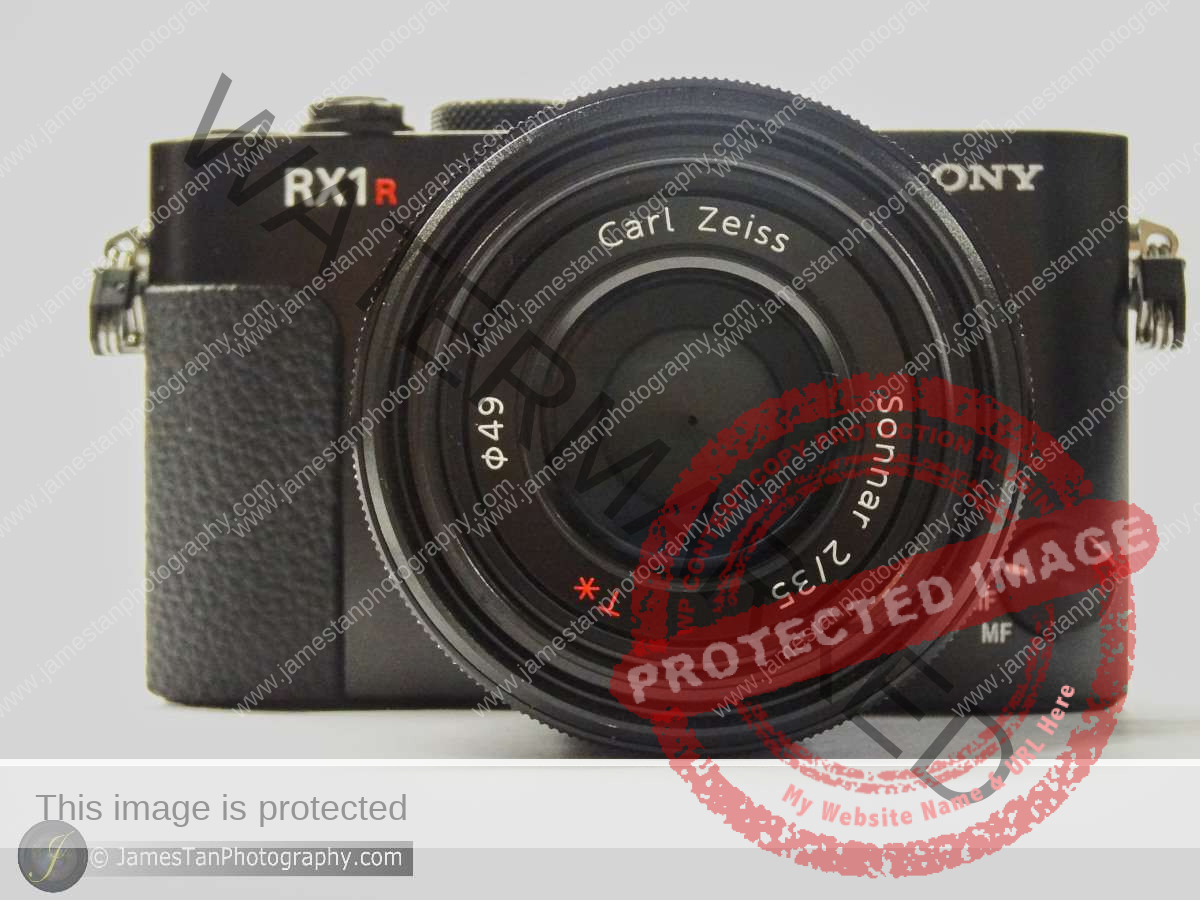
The Sony RX1R has a solid build body, the fixed Zeiss lens and the body give a well-balanced feel, the grip also provides good handling since the camera is so small and lightweight.
The Zeiss lens uses a 49 mm filter. The lens body offers three control rings, the front control ring is the focus control ring, the medium ring is the focus distance mode ring, and the ring nearest to the camera body is the aperture control ring.

The focus control ring is smooth. Using it in manual focusing is pleasant.
The focus distance mode ring provides 0.2 – 0.3 m and 0.3 m to infinity modes. The mode ring is smooth but tighter than the focus control ring. Switching between the modes is easy but not something you will remember to do every time.
The aperture control ring gives clicky feedback, allowing to change the aperture in 1/3 stops from F2 to F22. However, the aperture control ring only digitally controls the aperture blades. The camera will take over the control to change the aperture when the camera is used in P or S mode.
The Ports and Buttons

The bottom-right is the focus mode dial, which lets you choose between AF, DMF, and MF mode.

The left side (from the natural camera holding position) has three ports, the micro USB port for charging and data transfer, the micro HDMI port, and the mini-jack.

The camera’s rear side has a 3 inches Xtra fine LCD screen, flash trigger button, play button, menu button, trash button, customizable buttons (Fn, AEL, control wheel), and a back control dial. We can use the back control dial to control shutter speed in S and M mode. Other than that, it does not provide any control for shooting (not even for the scene selection).
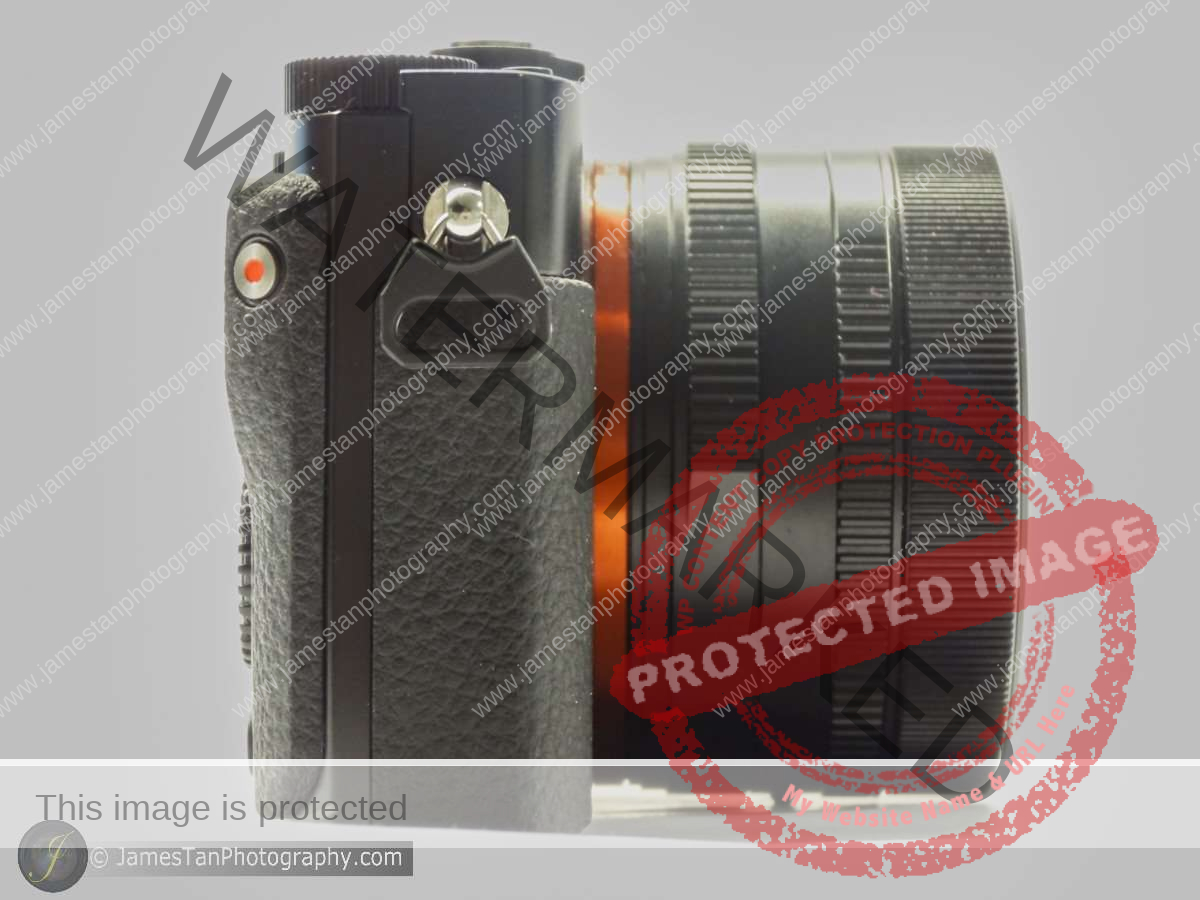
The camera’s right side has a movie recording button, and the camera’s rightmost has a little grip.

From left to right, the top view of the camera is the pop-up flash, multi-interface hot shoe, mode dial, shutter button (and camera on/off switch), a customizable c button, and an exposure compensation dial.

The pop-up flash cannot tilt like the Sony NEX-6’s pop-up flash.

The shutter button gives a bouncy feedback when pressed. The hole is the threaded connection port for the cable release.
The mode dial provides the standard P, A, S, M, auto mode, panorama mode, scene mode, and three memory modes. The dedicated exposure compensation dial allows manual 1/3 stops increment/decrement from -3 EV to 3 EV.
Metal Lens Caps
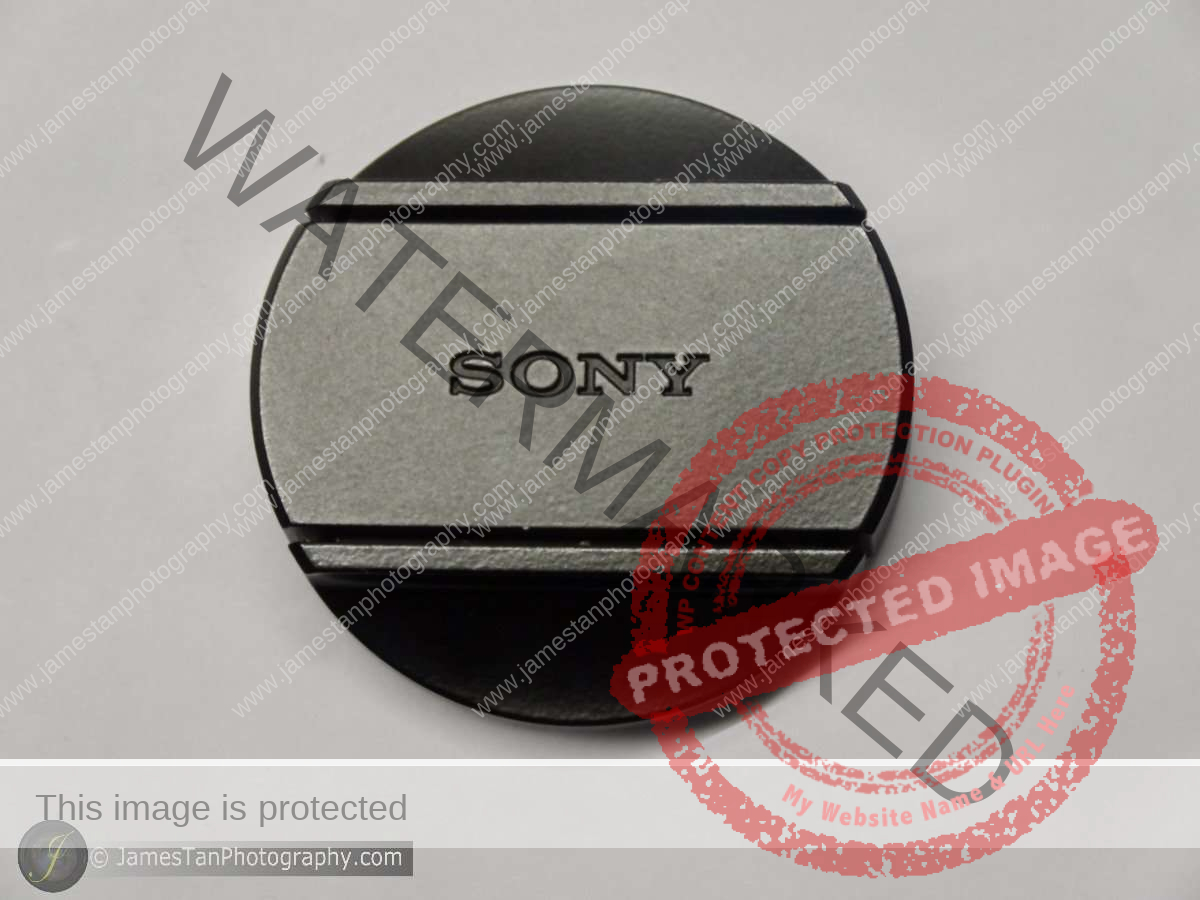

The lens cap is built of metal, and it gives a premium feel too.
Sony External EVF
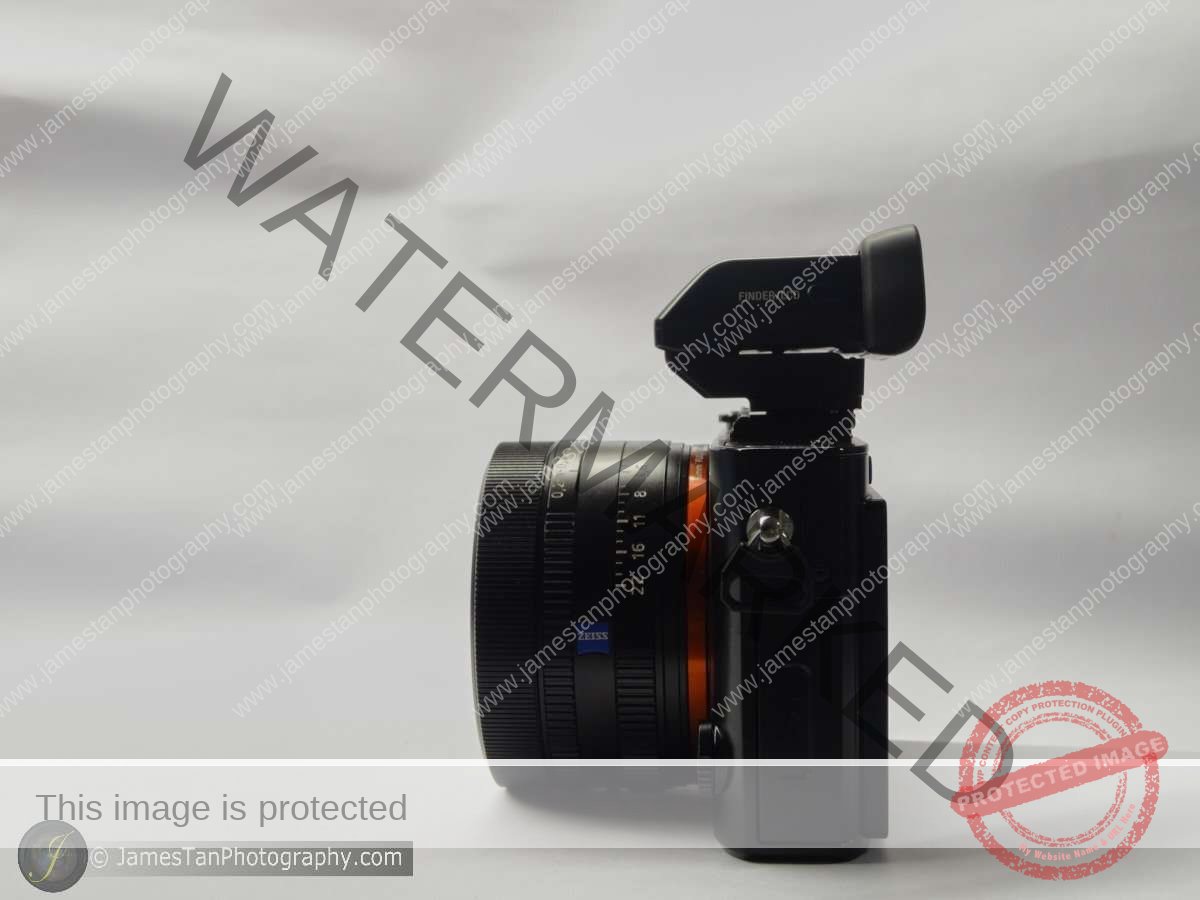
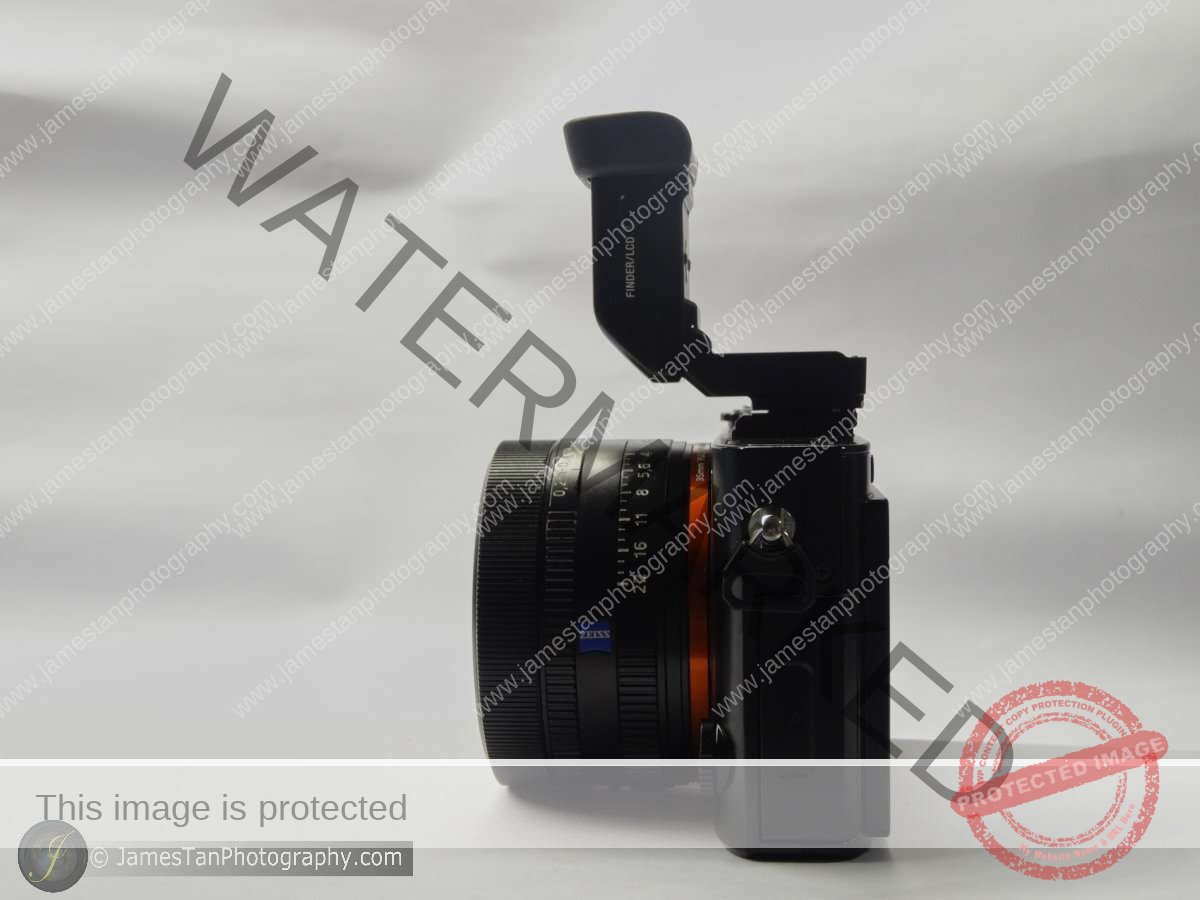
The Sony external EVF is an excellent accessory (but expensive) to be used with the Sony RX1/RX1R. It can be tilted up to 90 degrees upward, and there is a button the switch between the finder and LCD (you may set it to switch automatically in the camera setting). The EVF is well-built, and the finder quality is excellent, which helps a lot when used in bright areas.
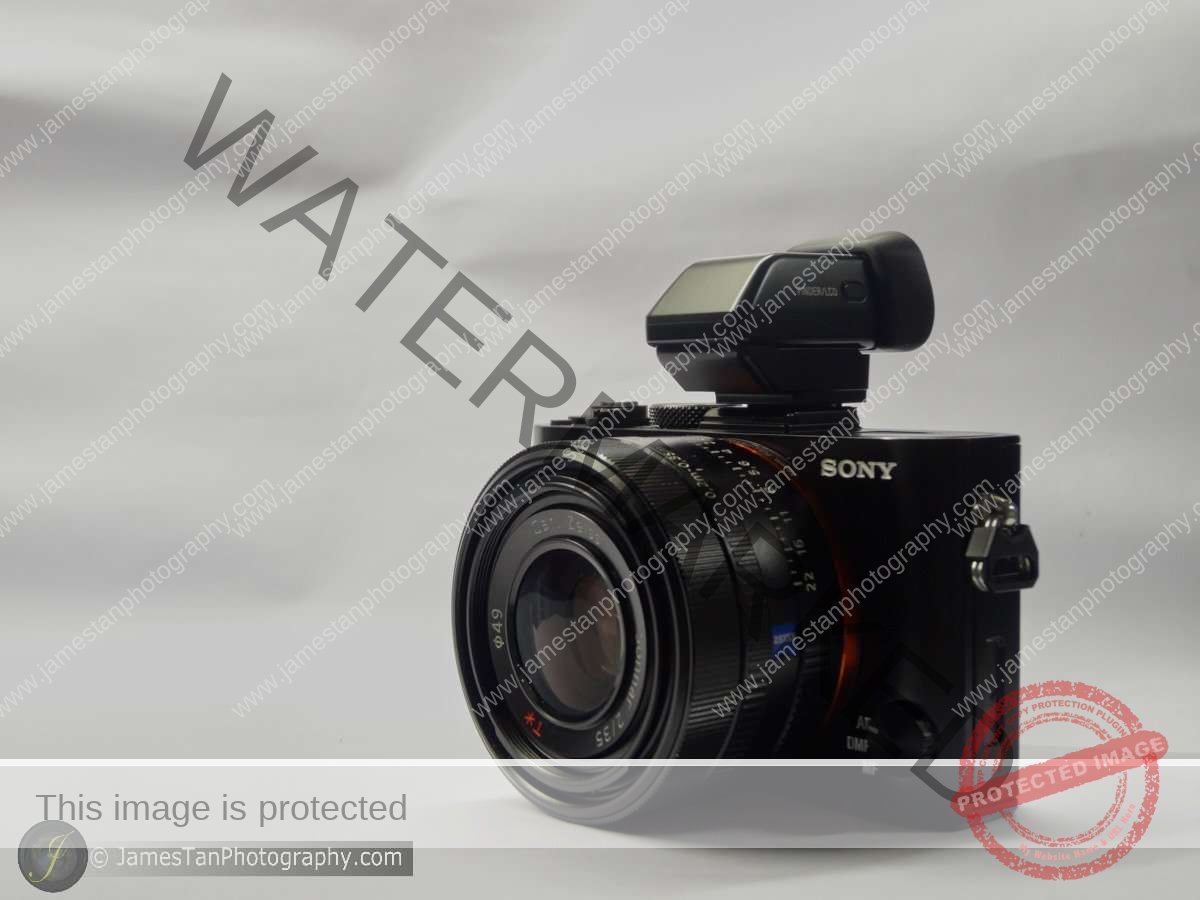
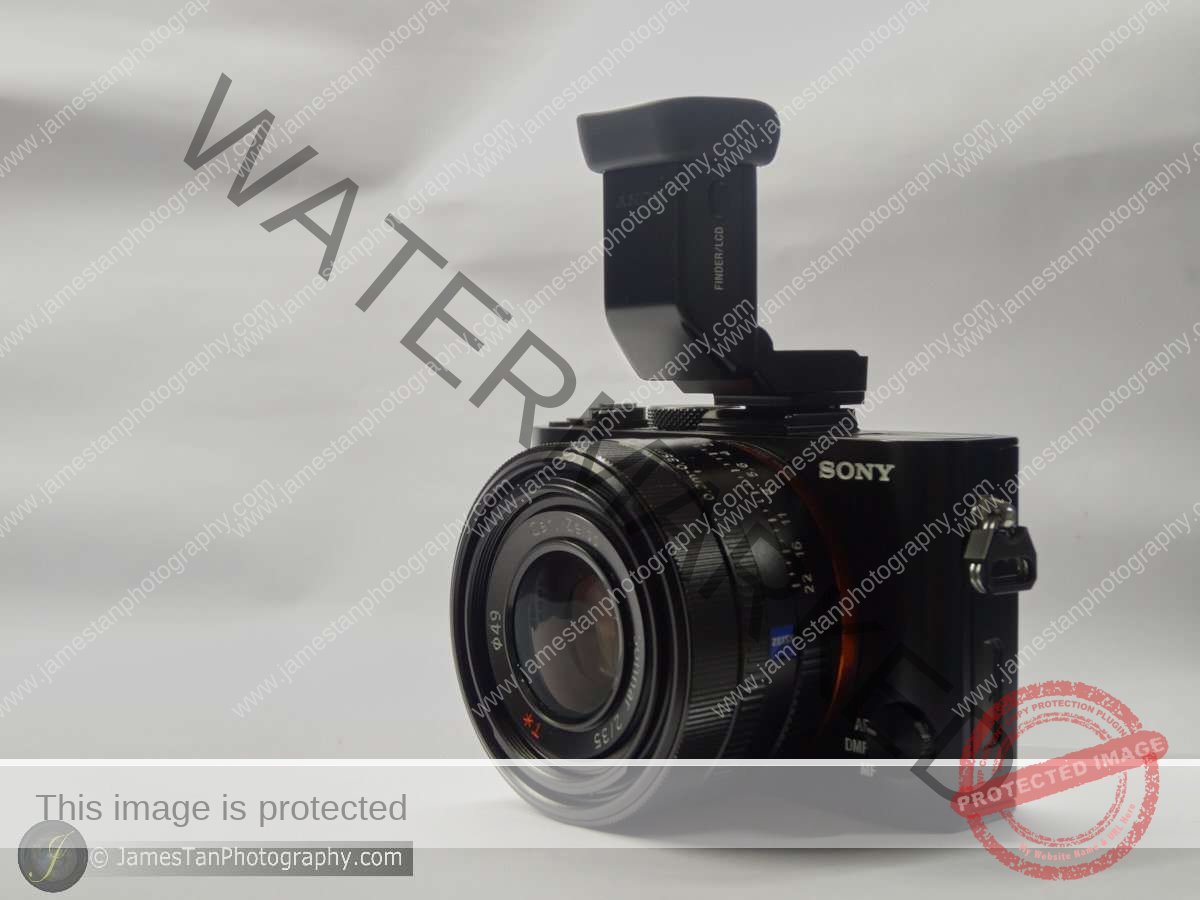
Menu
Although the Sony RX1R was introduced in 2012, its menu is similar to the current Sony A7 series menu. The items/options were categorized logically. Browsing through the menu and setting up the customizable buttons was easy.
Camera Performance
Focus Performance
The Sony RX1/RX1R only has contrast-detection AF, which many have criticized for its performance. I set the Sony RX1R in aperture priority mode at F2, and tested the Sony RX1R in standard continuous shooting mode and speed priority continuous shooting mode.
Standard Continuous Shoot in Daylight
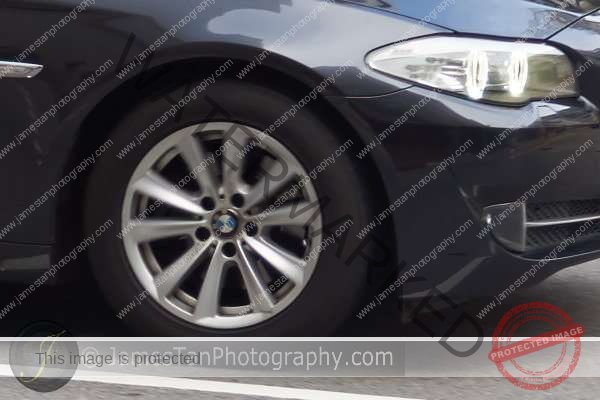


Speed Priority Continuous Shoot in Daylight
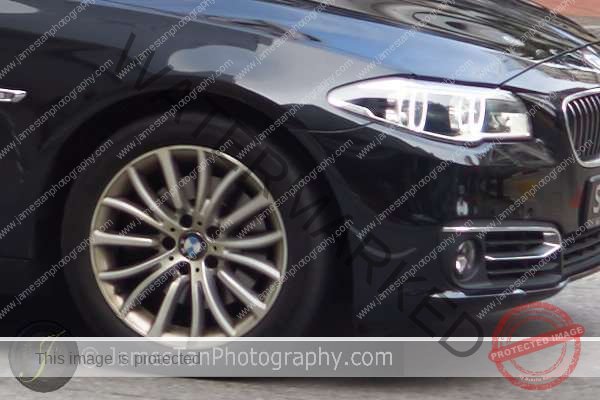




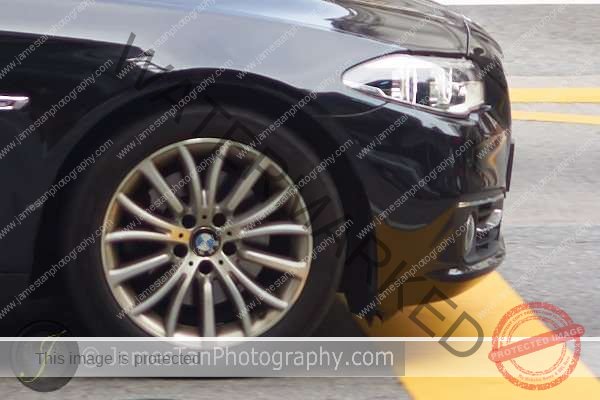
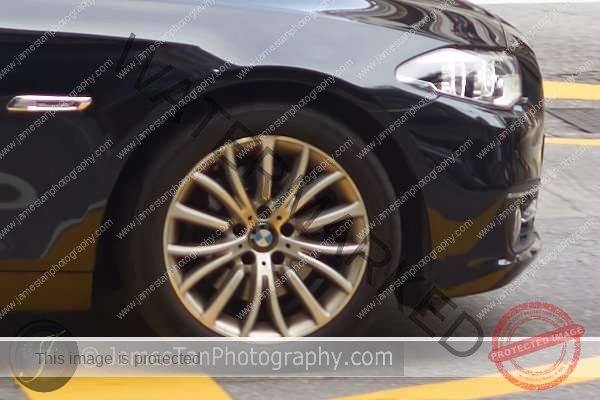
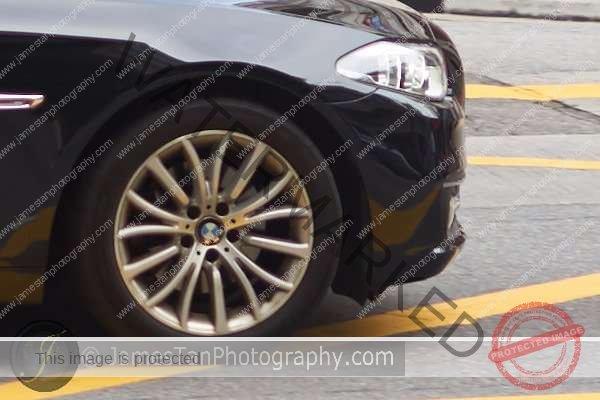
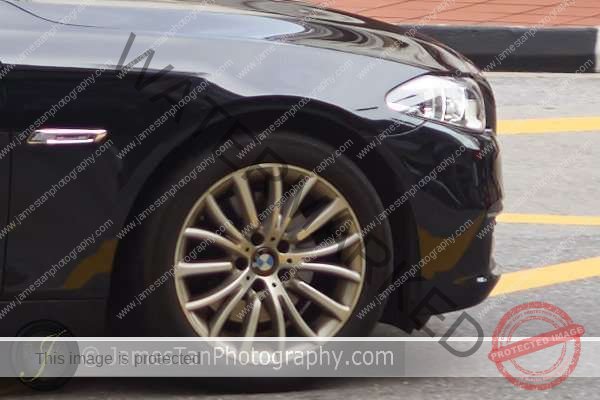
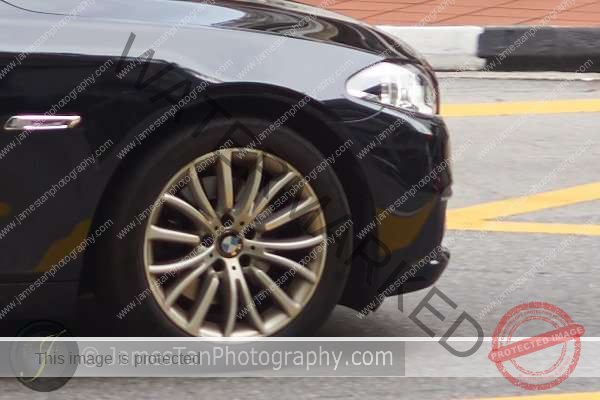
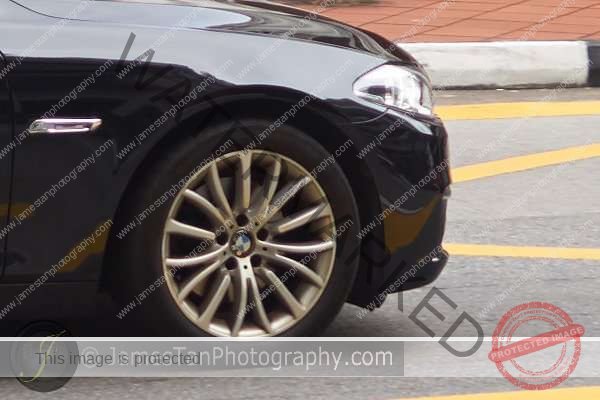
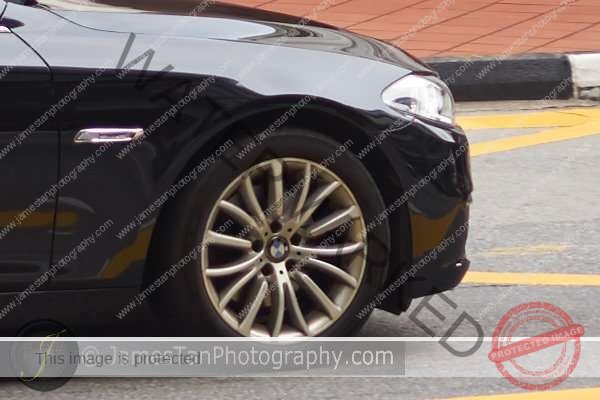
Standard Continuous Shoot in Night
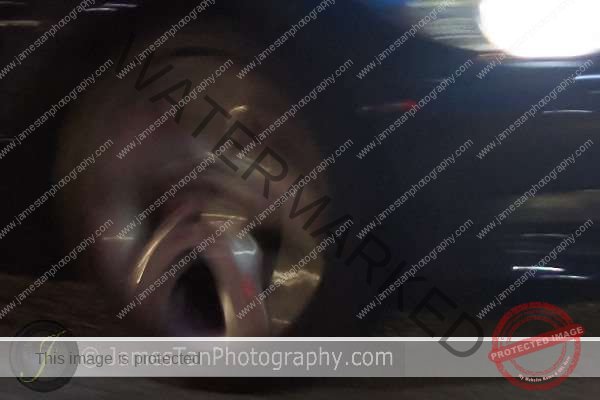
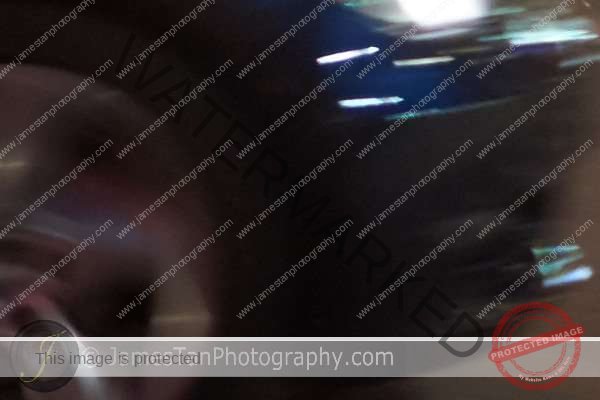

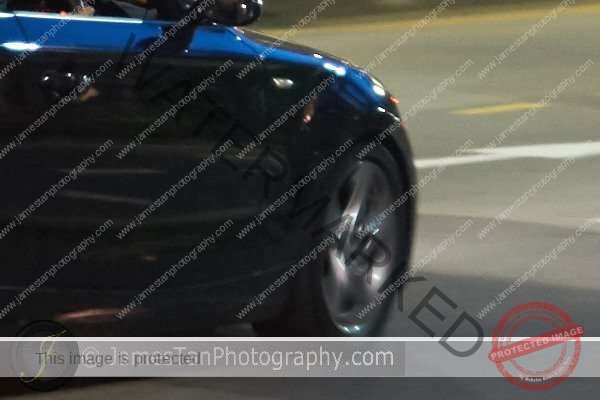
Speed Priority Continuous Shoot in Night




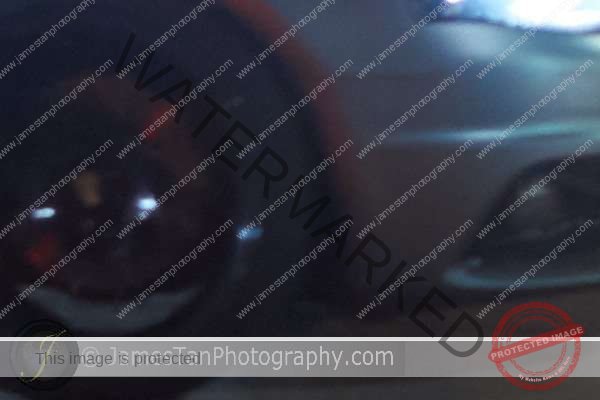

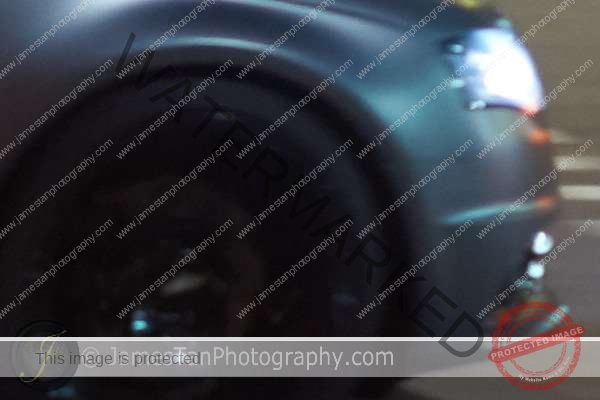
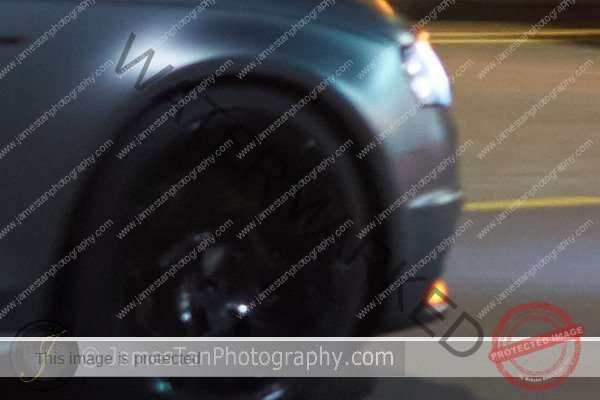
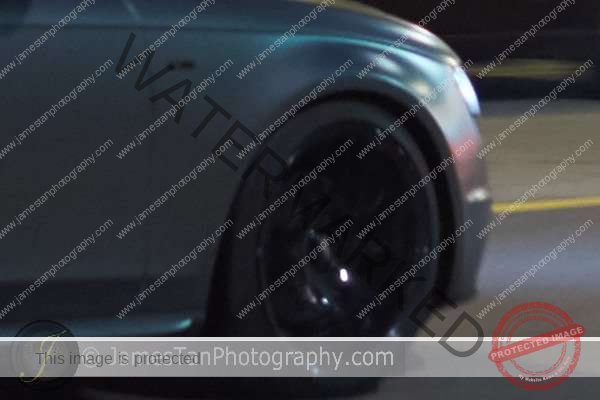
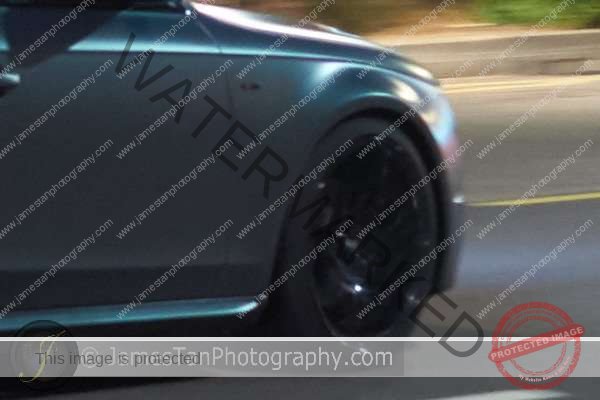

The Sony RX1R managed to shoot 3-4 shots in standard continuous shooting mode before the car lost in the view, while it managed to shoot 10-12 shots shooting in speed priority continuous shooting mode. In daylight, the Sony RX1R’s contrast-detection AF performed exceptionally well as it managed to keep focus at the front of the car from the start to the last shots. The Sony RX1R’s AF performance at night definitely cannot match its daylight AF performance. It was hunting so hard to focus accurately. The AF didn’t do well in most cases, especially when the subject had lesser contrast to the background.
ISO Performance
Since the Sony RX1R is a full-frame camera, then it should have good performance in high ISO. I cropped the test shots below for 100% view (when you clicked to view it). I did not apply any noise reduction to the RAW photos, and applied the default noise reduction in Capture One Pro 8 to the JPEG photos.
RAW
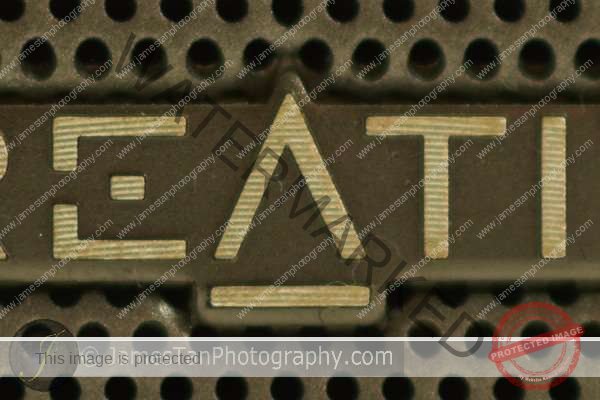
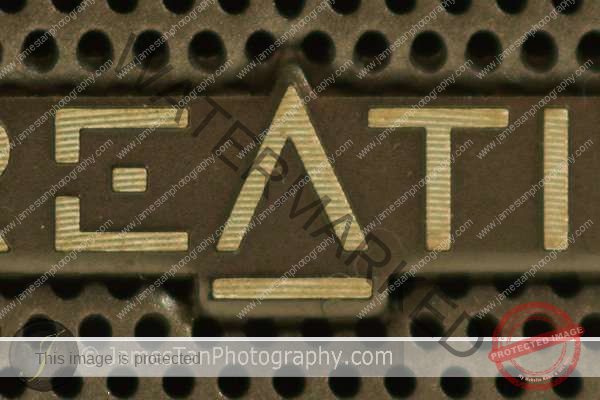
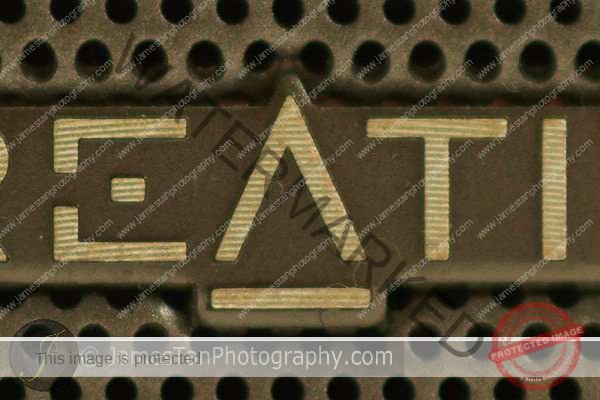
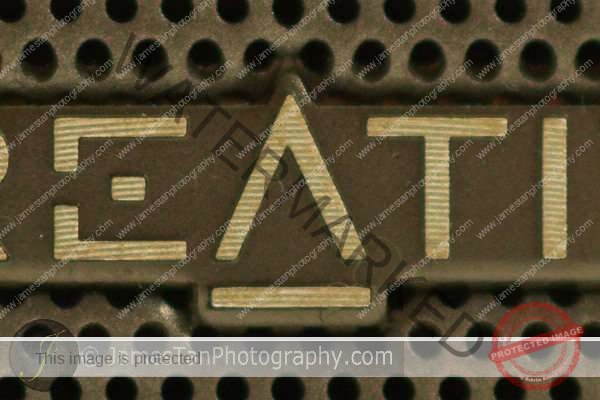
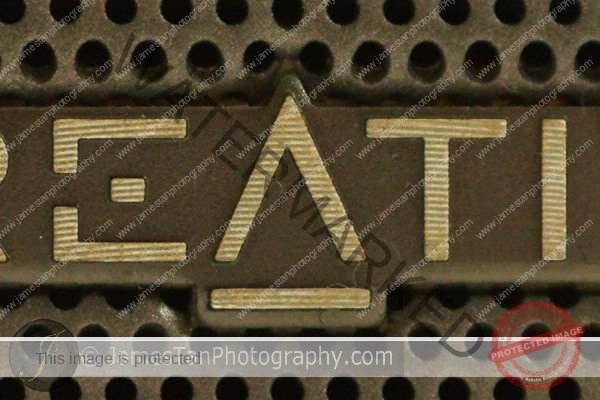
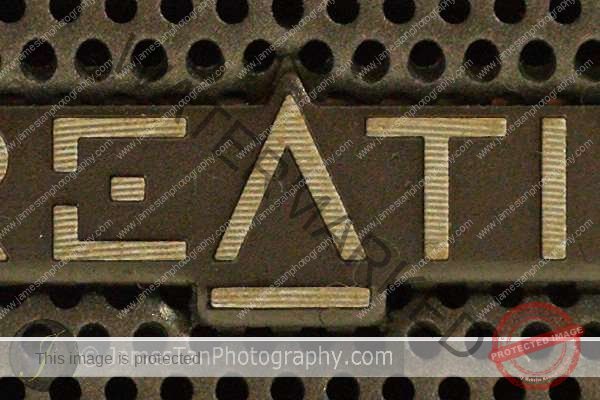

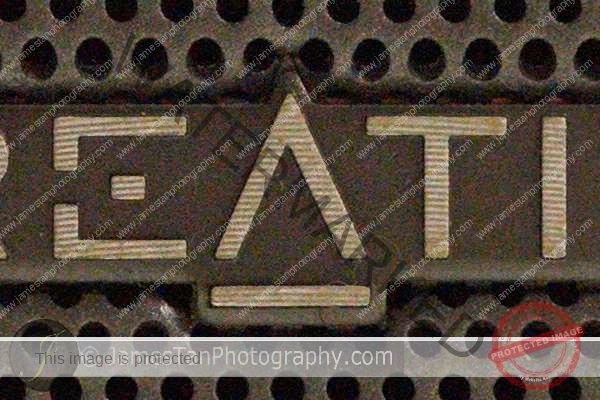


The Sony RX1R performs very well in the high ISO. The RX1R RAW files are pretty clean until ISO3200. The noise becomes more noticeable from ISO6400 onward, but the RAW files still keep a reasonable amount of details. The RAW file in ISO25600 is the noisiest, and the details are lost significantly.
Noise Deduction in COP8

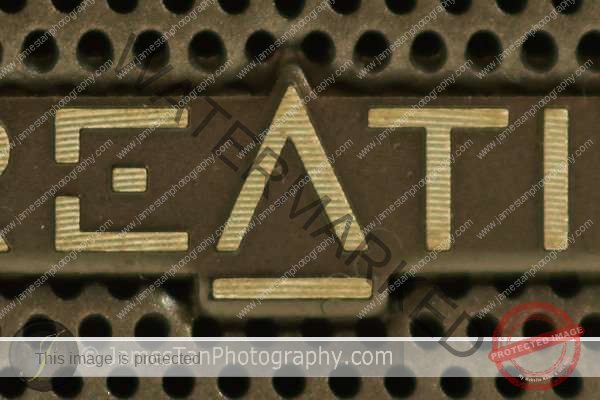
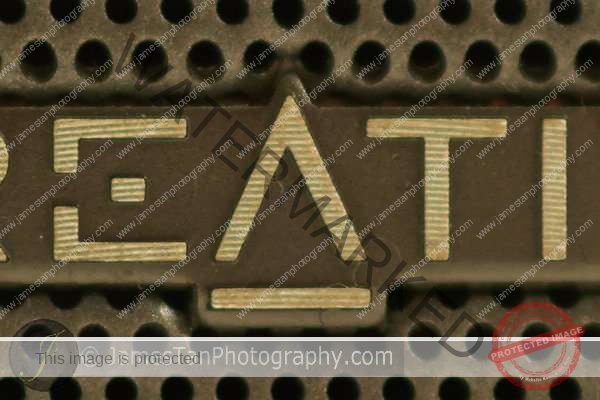
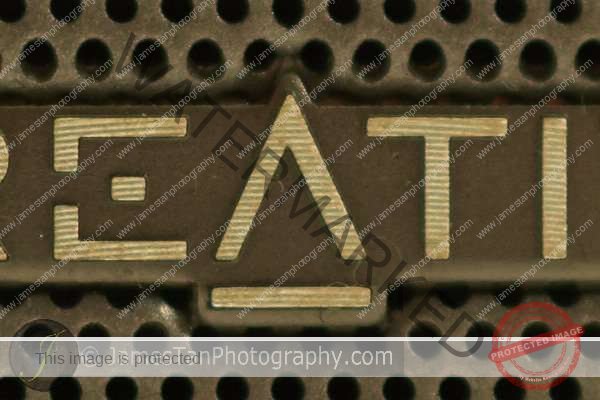
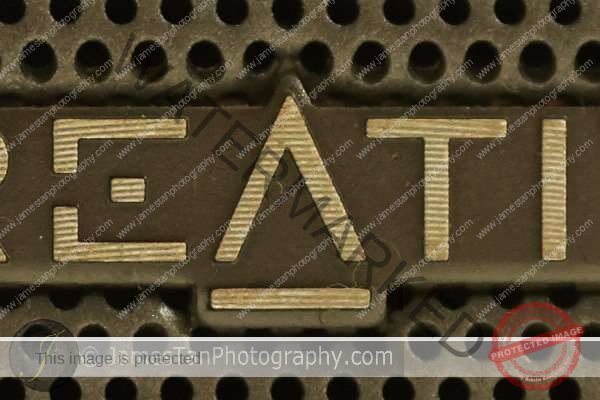
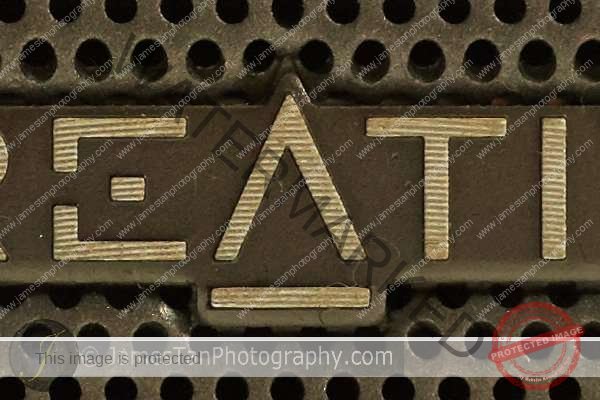
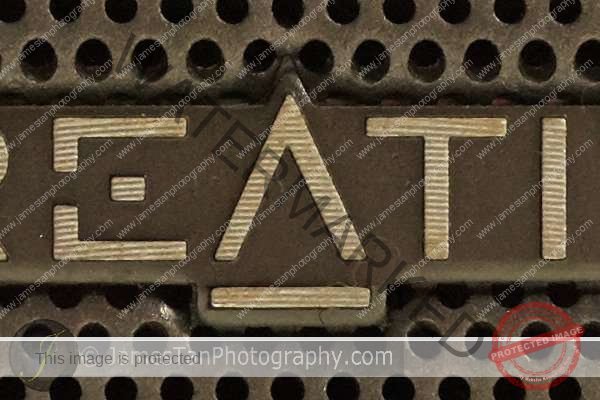
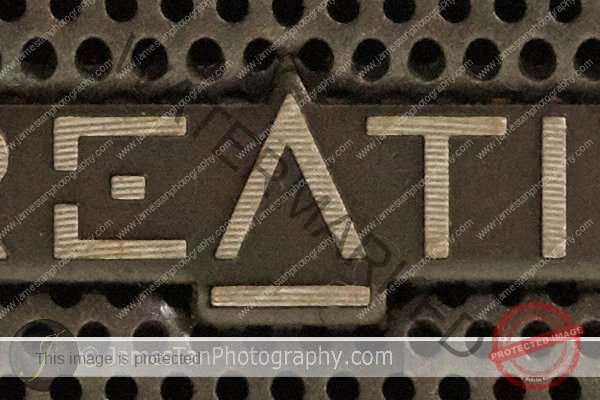
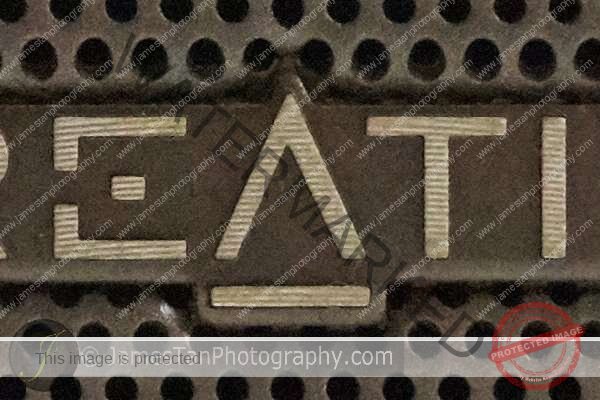

After applying the noise reduction default settings in Capture One Pro 8, the results are pretty impressive. The processed image at ISO6400 is very clean, and the image of ISO12800 is still pretty usable. Similarly, the ISO25600 image is noisy and loses a significant amount of details.
The Sony RX1R’s full-frame image sensor performed very well in high ISO shots. I’m very comfortable to set the upper limit to ISO6400 or even ISO12800 in the ISO auto mode without worrying about losing too many details.
Battery
The battery lasted approximately 230 – 260 shots when solely using the LCD screen with standard (it is in high quality by default) quality. However, it dropped to 180 – 200 shots with mix-used the external EVF and LCD screen.
Lens Performance
The Sony RX1R comes with a non-interchangeable Zeiss Sonnar T* F2 prime lens. Therefore, I would review the lens here as well.
Distortion
The lens exhibits little barrel distortion, but you can correct it easily in the post-processing software.
Sharpness & CA
Center

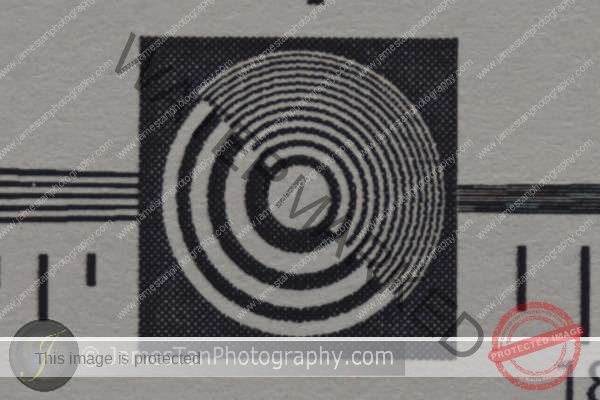

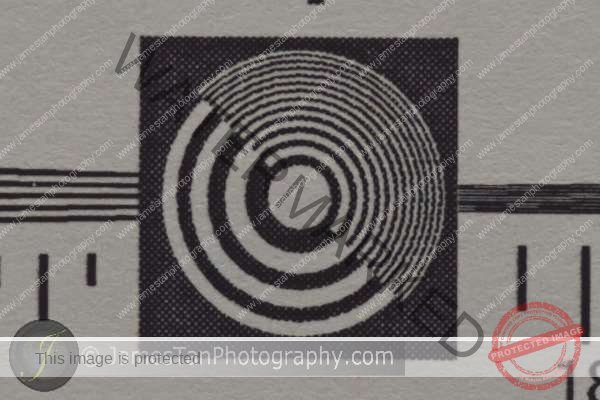
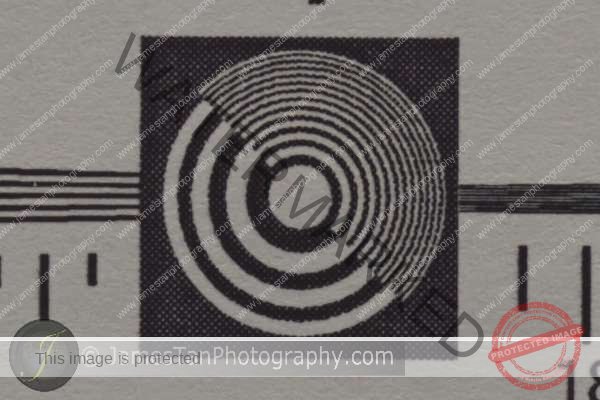
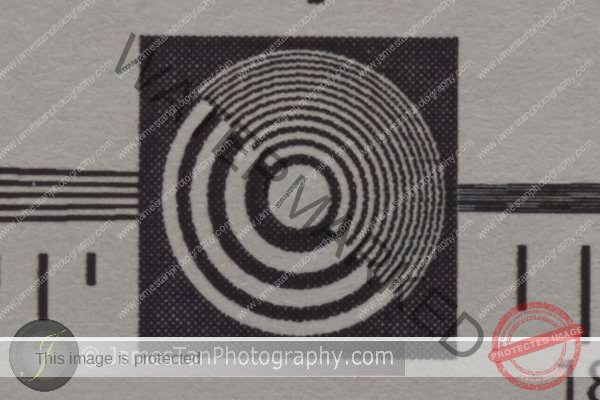
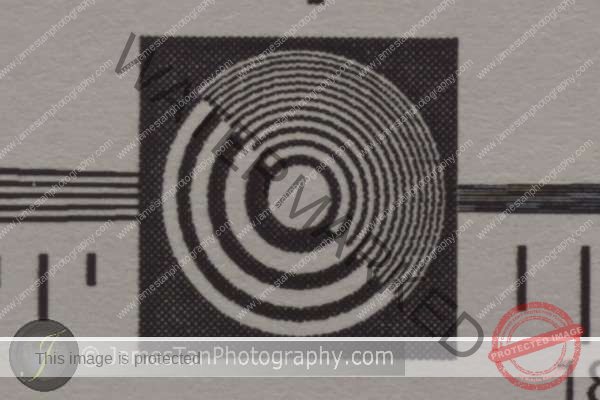
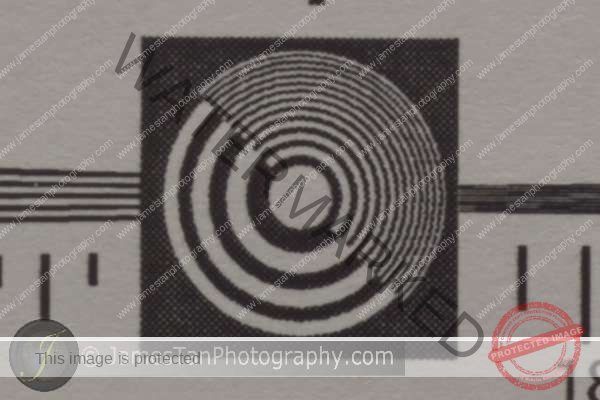
Corner
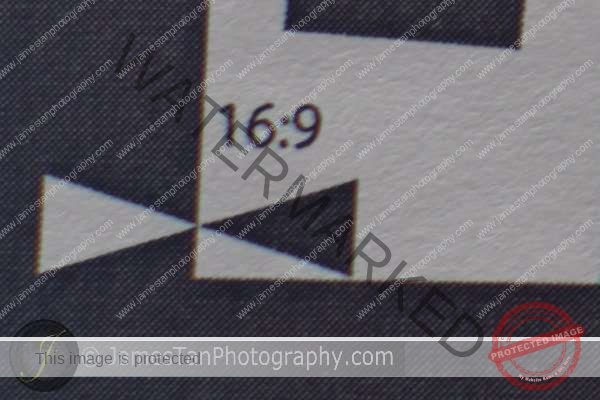
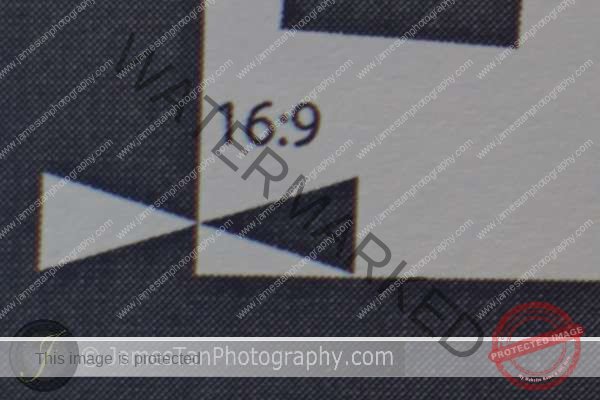
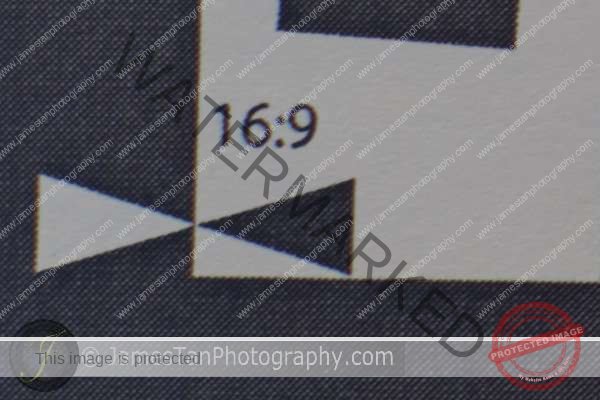
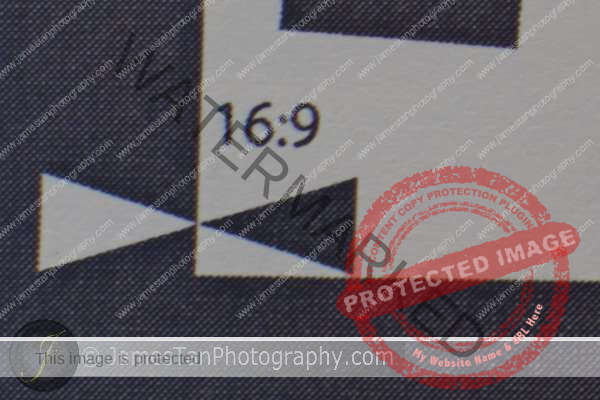
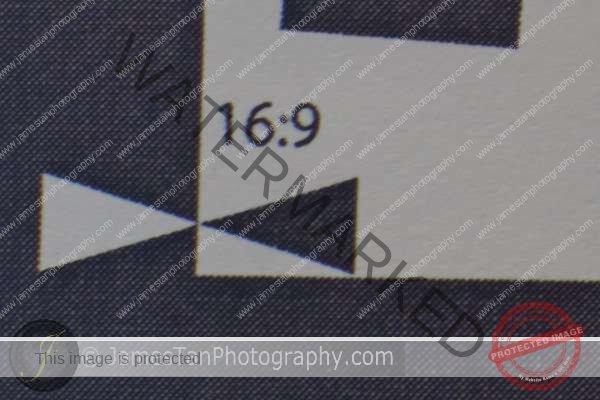
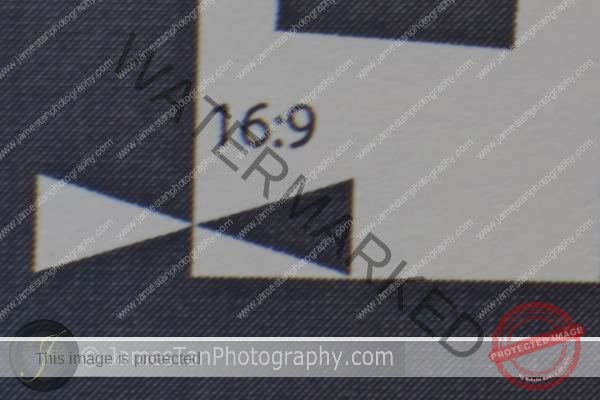
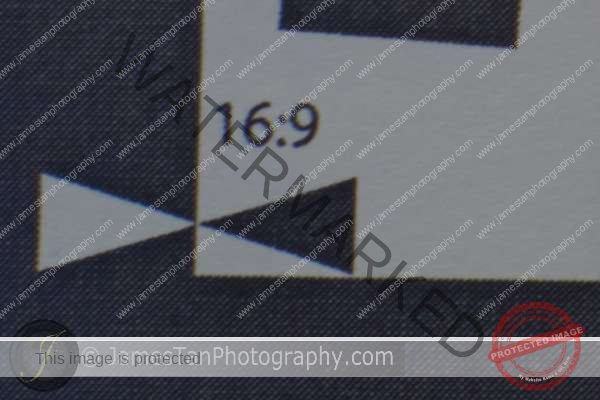
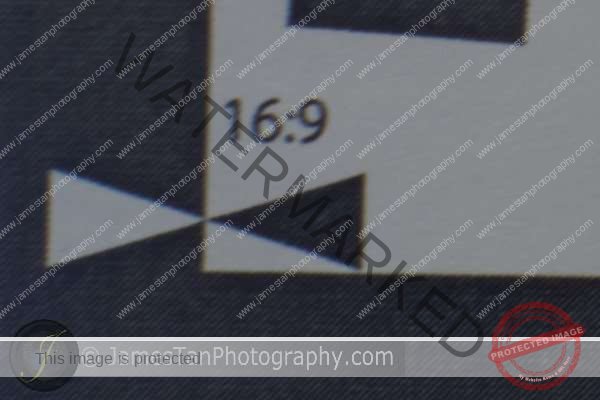
In short, the Zeiss prime lens is a sharp lens but exhibits purple/magenta CA in its corners throughout all the apertures.
The center sharpness is sharp in its widest open at F2. It was boosted from F2.8 and maintained excellent sharpness until F8. The sharpness from F11 to F16 had very little sharpness loss, while the sharpness at F22 was worse than its F2 sharpness. The corner sharpness is good but not as sharp as its center at F2. The corner sharpness at F2.8 does not improve much. The lens has the best corner sharpness in F4 to F8 range, and its corner sharpness at F22 also softer than its F2 corner sharpness.
The lens has reasonable control of CA in its center, but it exhibits some purple/magenta CA in its corners at all the apertures.
Flare
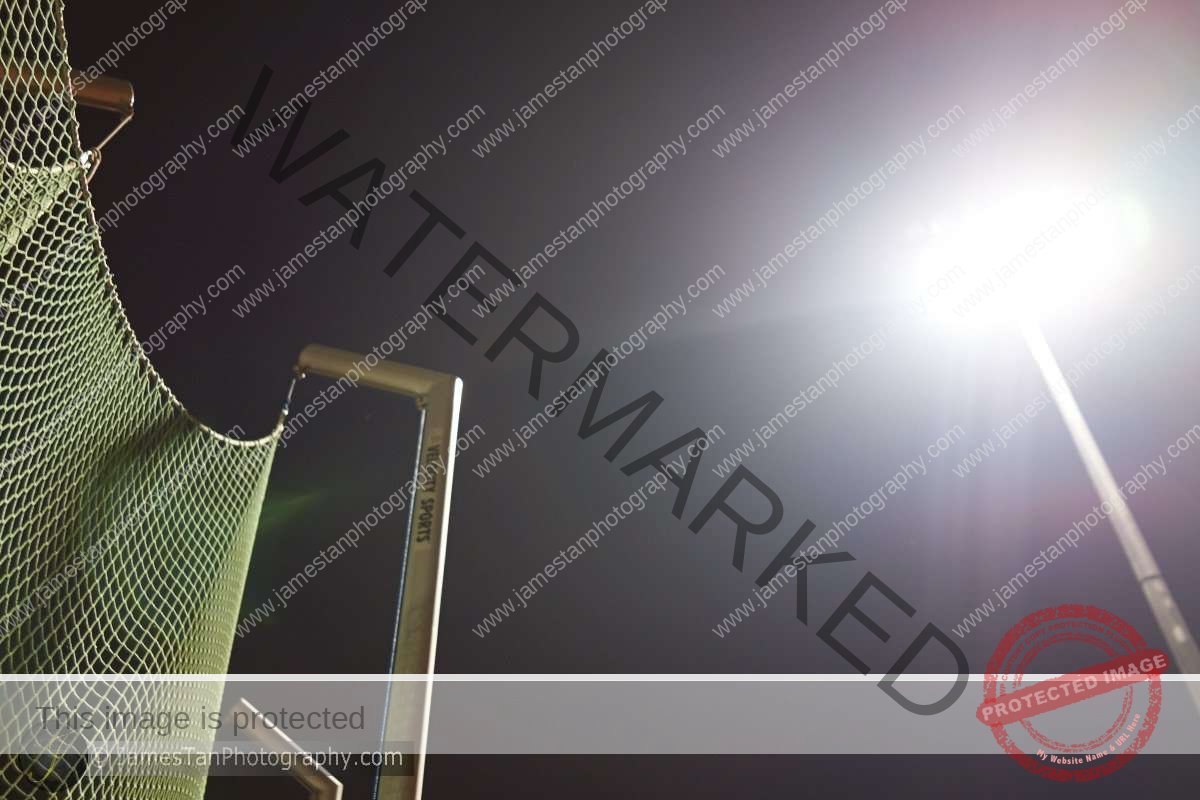
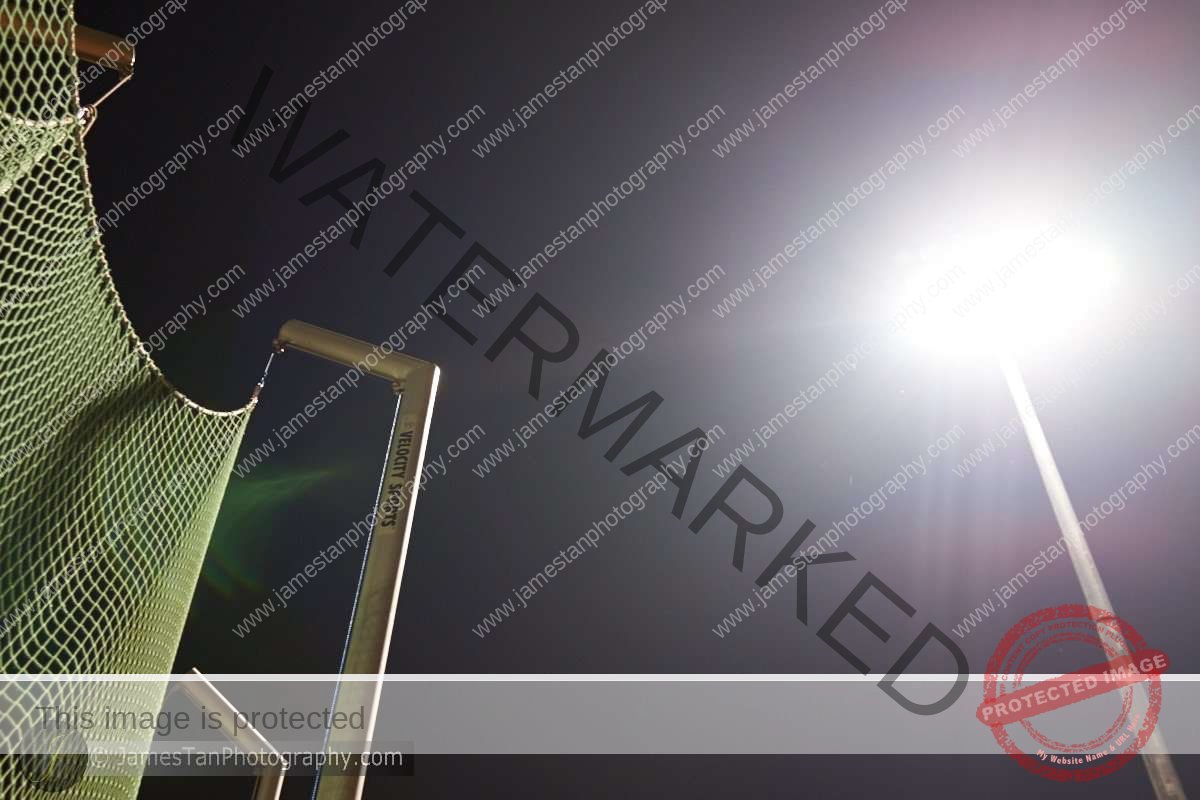

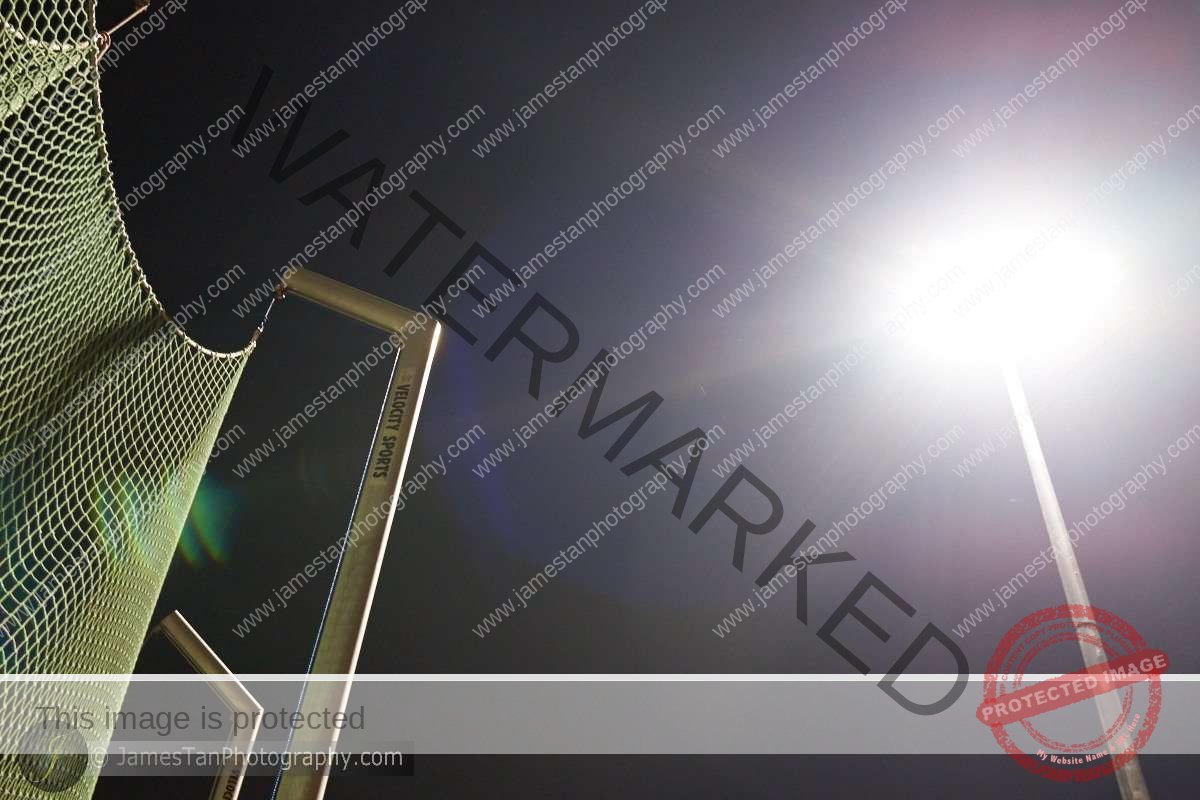
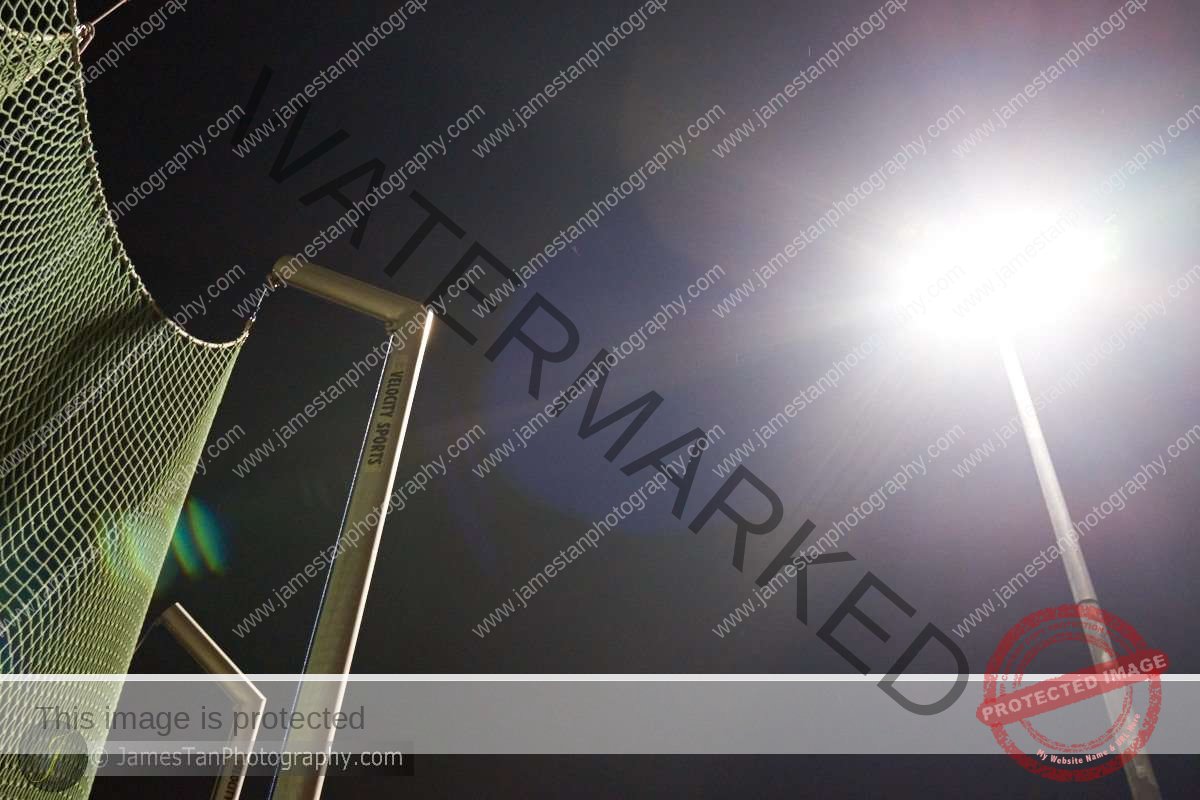


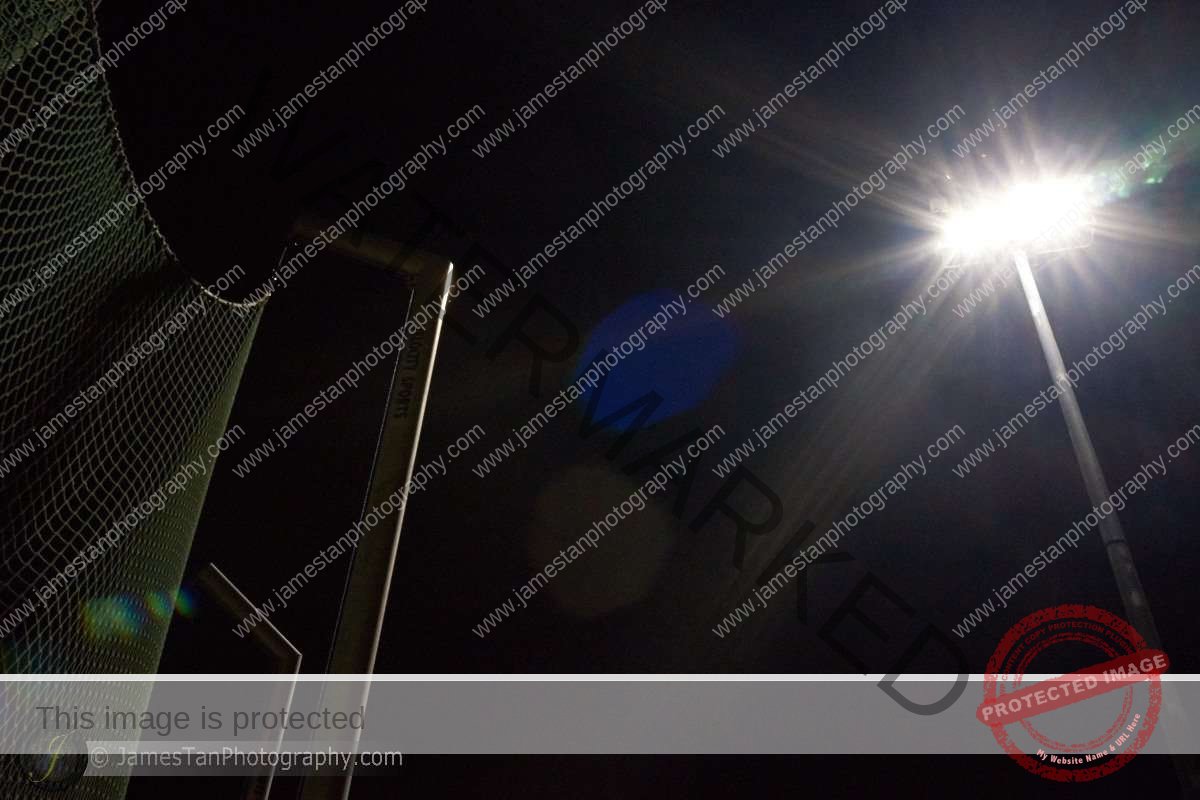
The Zeiss lens is fine enough to control the flare at its wide open at F2 to F2.8, but it became weaker afterward. From the sample shots above, you can see that the flares occurred from F 5.6 to F22. It is something that you like or hate.
Bokeh

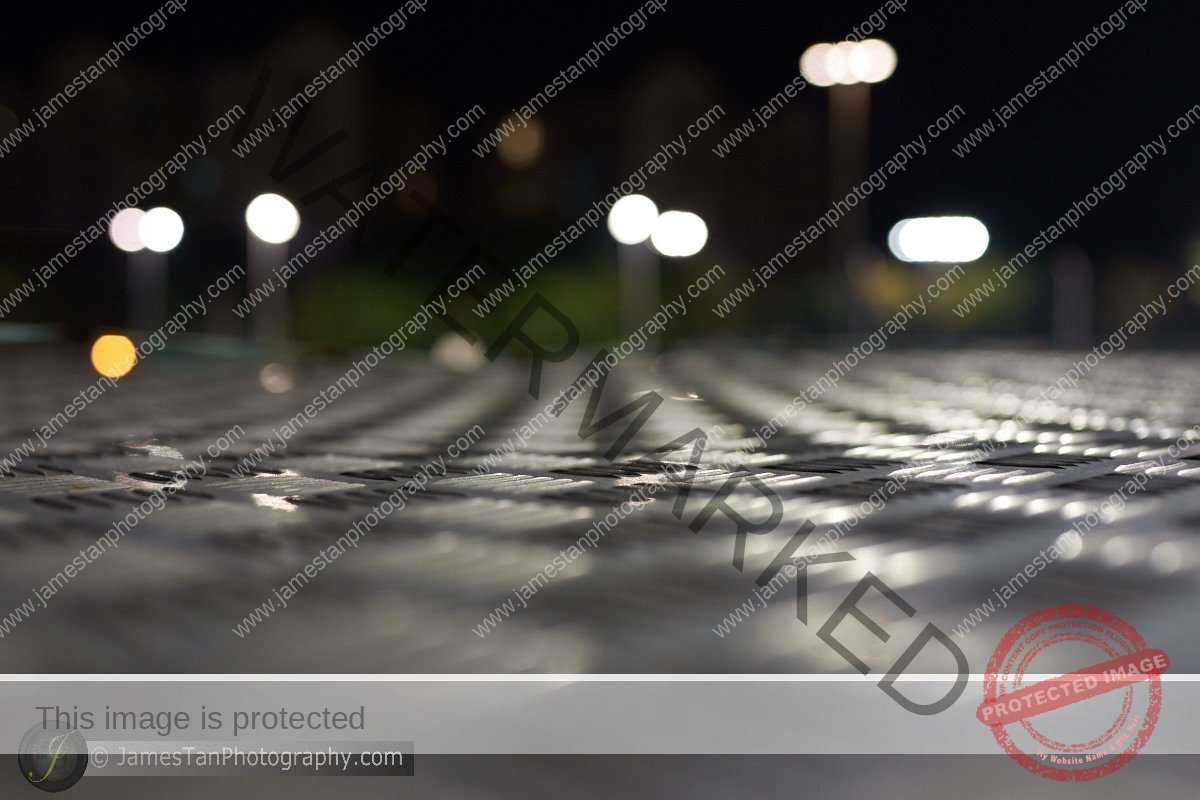
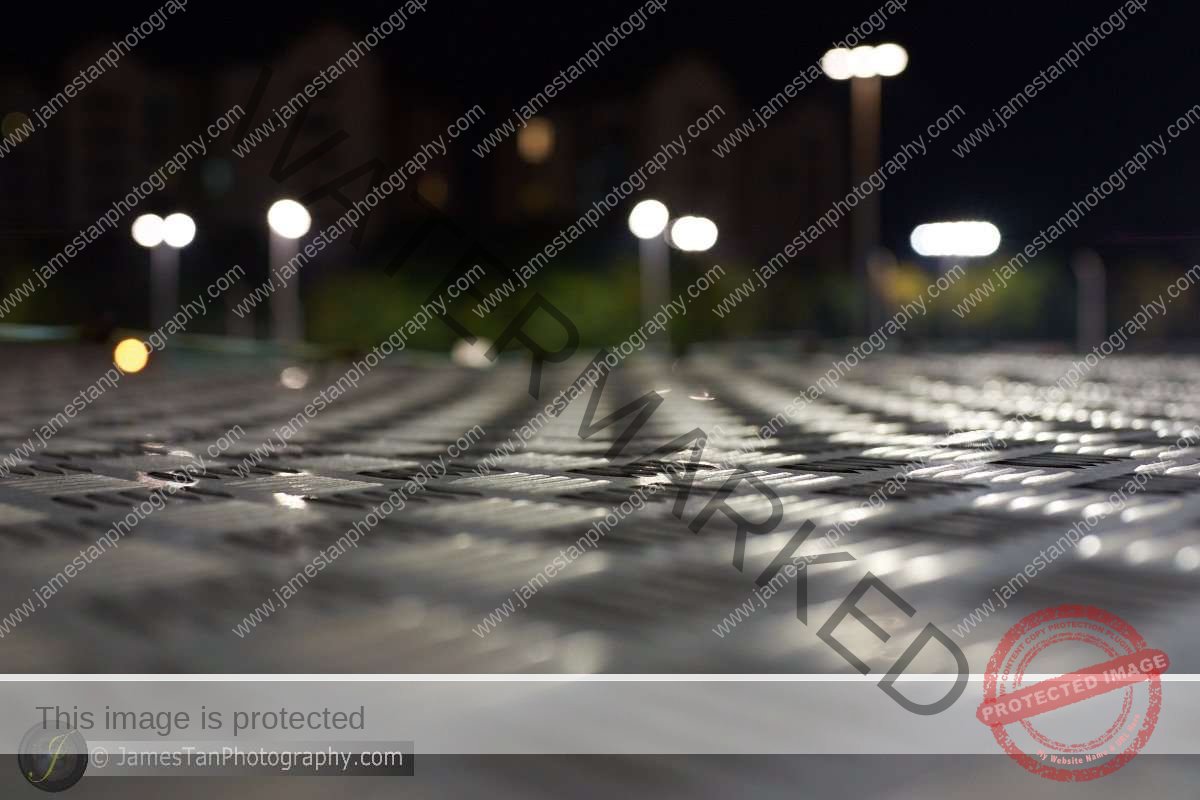
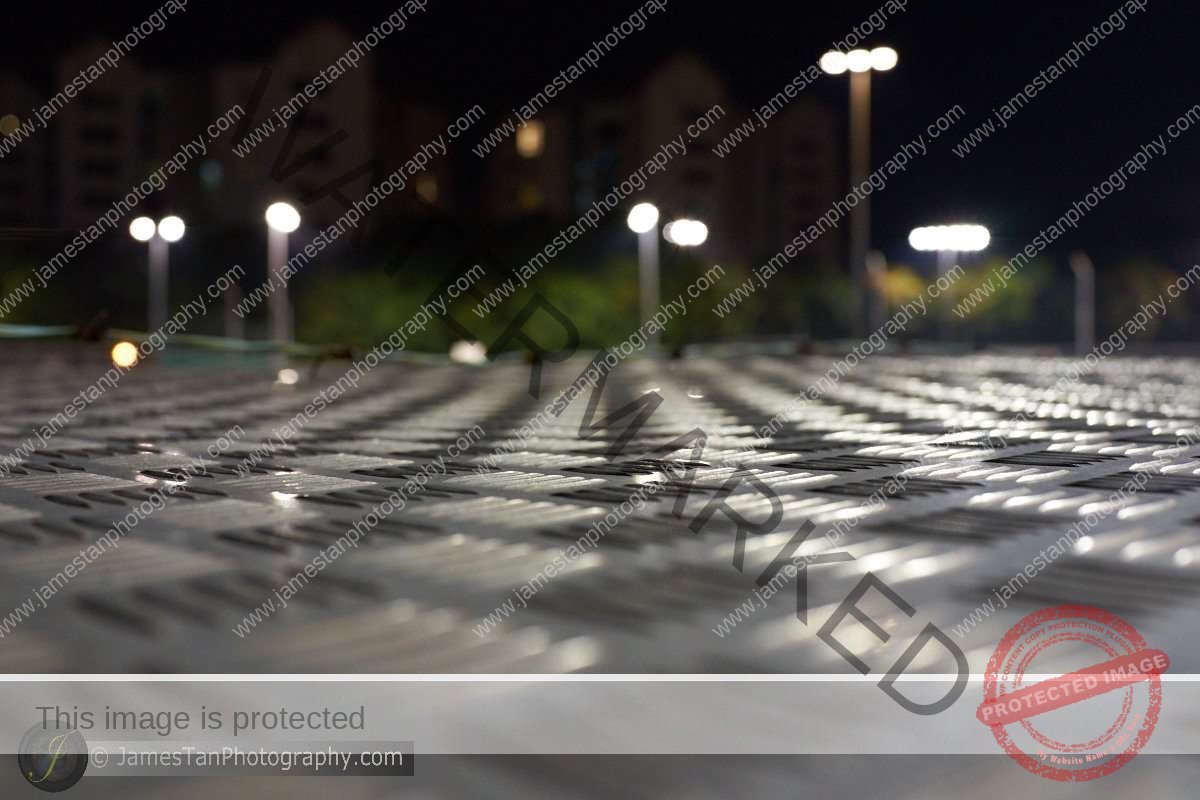
With the 9 aperture blades, the Zeiss lens produced the beautiful circular bokeh even in F5.6. The rose shot below shows off the creamy smooth bokeh produced by the Zeiss lens. Are you falling in love with it?

Sample Shots
Before the end of the review, there are some sample shots of the RX1R below.














Bottom Line
The Sony RX1R is a great, lightweight, and small form factor camera with excellent image quality. You will fall in love with the nearly silent shooting experience offered by the leaf shutter. The external EVF is well-built, and the finder is handy to shoot in a bright environment. Using the EVF is pleasant, but it drains the battery faster.
The only annoying thing is the non-tiltable LCD screen. Shooting from an extremely low level or extremely high level is a terrible experience. The battery life only lasted for 230 – 270 shots at maximum. Thus, always bring along 1-2 extra batteries to backup for a whole day shooting.
However, the Sony RX1R is better for travel and casual usage. Its image quality is on par or better than other full-frame DSLR/mirrorless, but it is lesser than 500g and comes with a palm-size small form factor camera body. Holding it to traveling around for a whole day shooting is more relaxing and comfortable than holding any Sony A7 camera. The nearly absolute silent shutter is another advantage over the Sony A7 series as it does not attract/distract others.
The Sony RX1R is a unique and high-quality camera in the current market. Unfortunately, the Sony RX1R has not been updated for 3 years. I wish the Sony RX1R had dust and moisture resistance (it should have for its premium price tag), a tiltable LCD screen, a pop-up EVF as seen on Sony RX100 Mk III, and a faster autofocus performance. In this case, it could be the best camera for traveling/street photography.
That’s all for today review. I hope you enjoy it and happy shooting!
